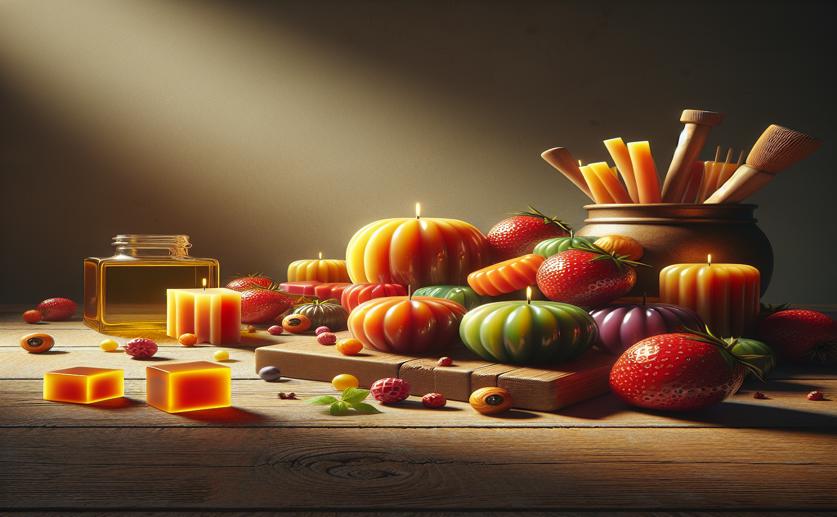
Shiny Colors Crafted from Natural Fruit Wax
Jim Crocker
8th February, 2024

Image Source: Natural Science News, 2024
References
Main Study
1) Self-assembled, disordered structural color from fruit wax bloom.
Published 7th February, 2024
https://doi.org/10.1126/sciadv.adk4219



 4th February, 2024 | Jim Crocker
4th February, 2024 | Jim Crocker